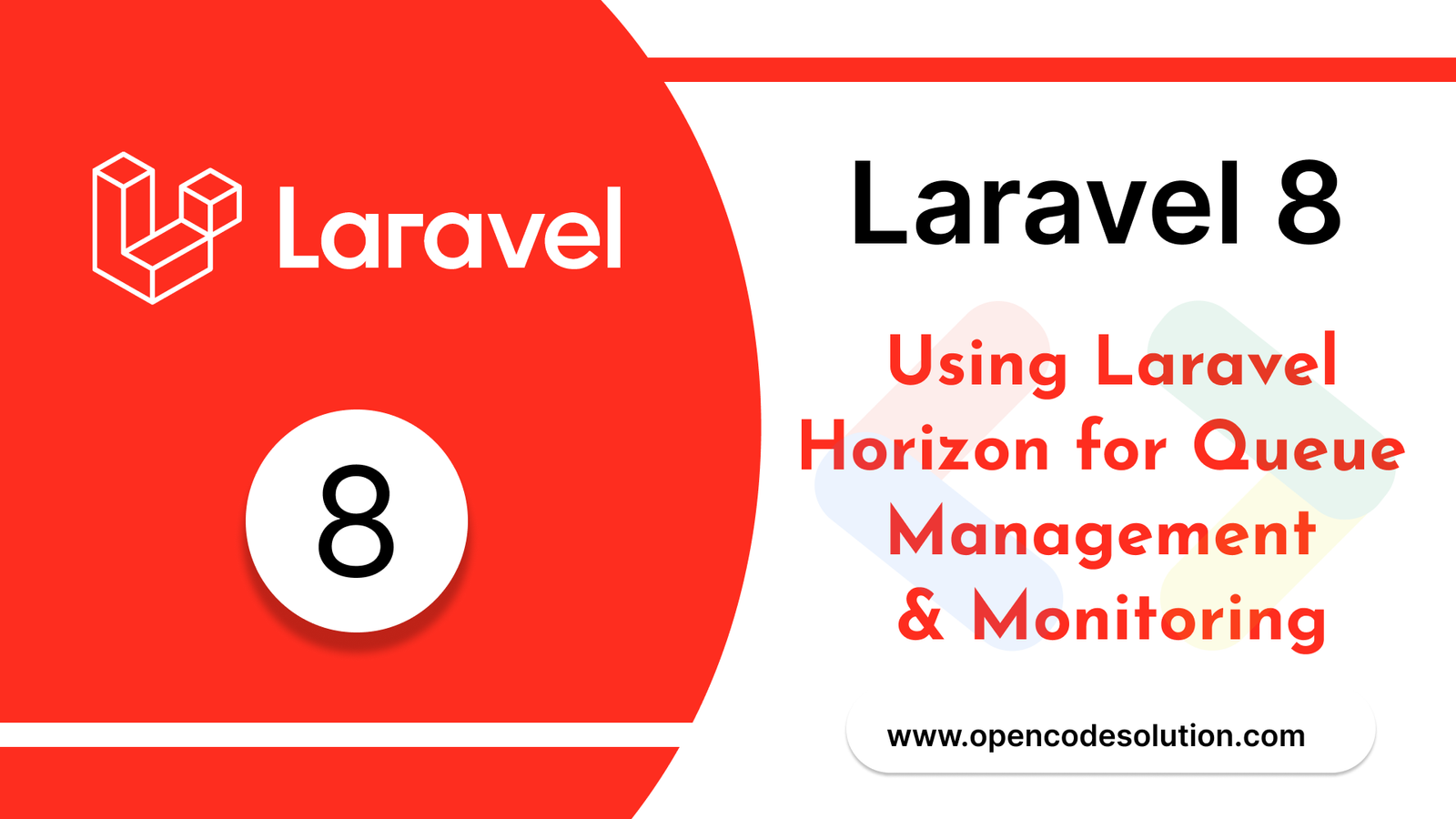Creating Custom Authentication and Authorization in Laravel 8 - A Step-by-Step Guide
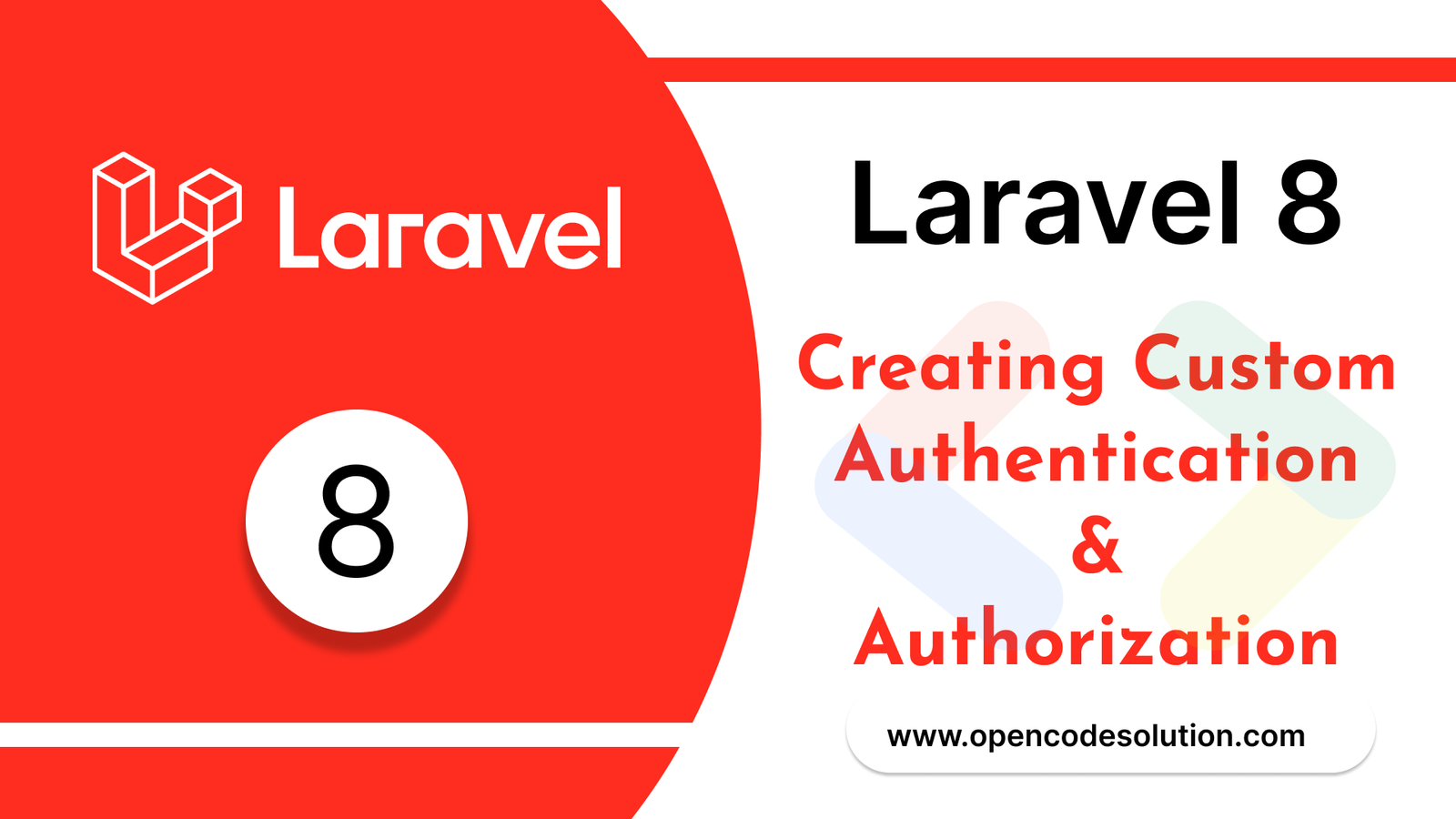
In Laravel 8, authentication and authorization are managed using the built-in authentication system called Laravel Jetstream. However, it is possible to create a custom authentication and authorization system to suit your specific needs.
Here are the steps to create custom authentication and authorization in Laravel 8:
Step 1: Create a new middleware
The first step is to create a new middleware that will handle the authentication and authorization logic. You can create a middleware using the make:middleware Artisan command:
php artisan make:middleware CustomAuth
This command will create a new file called CustomAuth.php in the app/Http/Middleware directory.
Step 2: Implement the middleware logic
Next, you need to implement the authentication and authorization logic in the middleware. In this example, we'll use a simple authentication logic based on a user's email and password.
<?php
namespace App\Http\Middleware;
use Closure;
use Illuminate\Support\Facades\Auth;
class CustomAuth
{
public function handle($request, Closure $next)
{
$credentials = $request->only('email', 'password');
if (Auth::attempt($credentials)) {
return $next($request);
}
return response('Unauthorized.', 401);
}
}
This middleware will check the user's email and password against the database using the Auth::attempt method. If the authentication is successful, the middleware will allow the request to pass through to the next middleware in the stack. Otherwise, it will return a 401 Unauthorized response.
Step 3: Register the middleware
Once you've implemented the middleware, you need to register it in the app/Http/Kernel.php file. Add the following line to the $routeMiddleware array:
'custom.auth' => \App\Http\Middleware\CustomAuth::class,
Step 4: Apply the middleware to routes
Finally, you can apply the middleware to routes or groups of routes using the middleware method:
Route::get('/dashboard', function () {
// Only authenticated users can access this route
})->middleware('custom.auth');
You can also apply the middleware to a controller by adding the following line to the constructor:
$this->middleware('custom.auth');
That's it! You've now created a custom authentication and authorization system in Laravel 8. Of course, this is just a simple example, and you'll likely want to modify the middleware logic to suit your specific needs.
Categories : Laravel
Tags : Laravel 8 custom authentication custom authorization middleware

Abhay Dudhatra
0 Comments
Related Articles
Access Prev Next Post Navigation from Laravel Blad...
 By Praful Sangani -
July 21,2022
By Praful Sangani -
July 21,2022
Laravel 8 Custom User Login and Registration Examp...
 By Praful Sangani -
July 19,2022
By Praful Sangani -
July 19,2022
How to Generate QR Code in Laravel 9 Example
 By Praful Sangani -
July 21,2022
By Praful Sangani -
July 21,2022
Categories
Laravel
48React
17CSS
4jQuery
3PHP
19JavaScript
53HTML
4Python
30Node.js
2Git
8Bootstrap
15MySQL
7WordPress
27Popular Articles

WordPress Add Posts #16
August 04,2022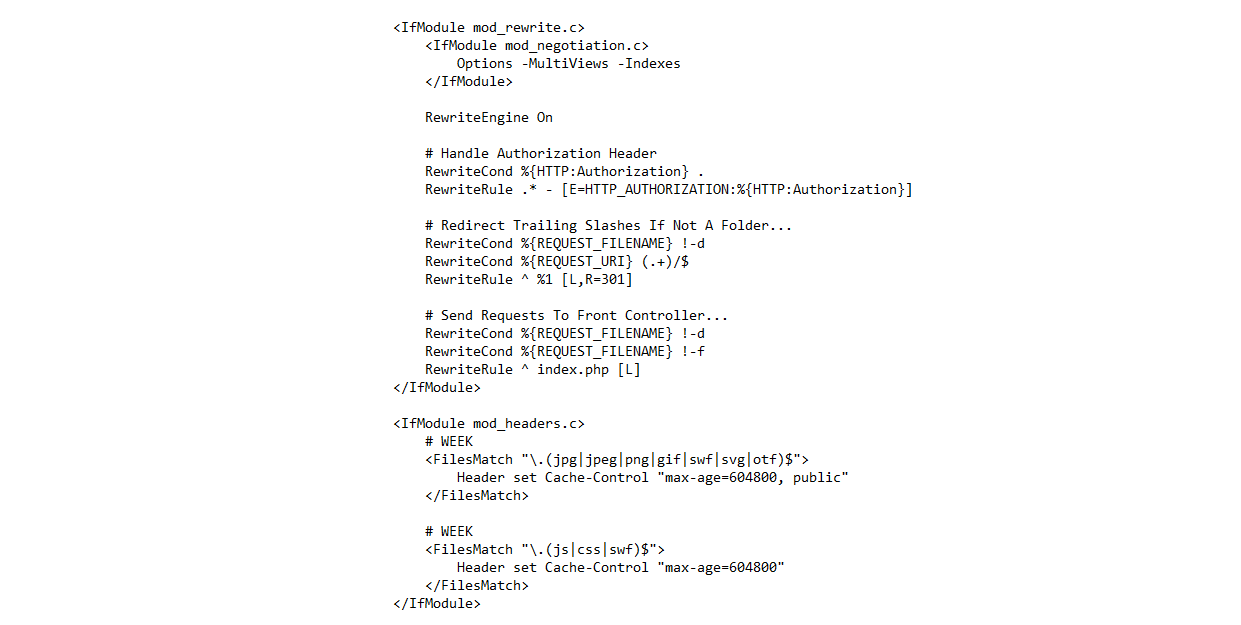
GZIP and Browser Cache a website wi...
July 21,2022
Destructuring and Spreading
August 13,2022
Import Export CSV And Excel File in...
July 22,2022
Laravel 8 Custom User Login and Reg...
July 19,2022Featured Articles

Laravel 9 Custom Login and Registra...
May 11,2023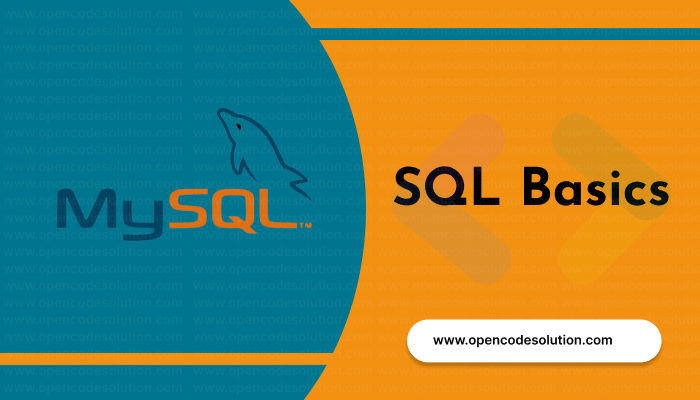
SQL Basics: A Beginner's Guide to S...
May 05,2023
Generating PDF Files in Laravel Usi...
April 26,2023
Laravel Image Intervention: A Guide...
April 26,2023
How to Generate BarCode in Laravel?
April 26,2023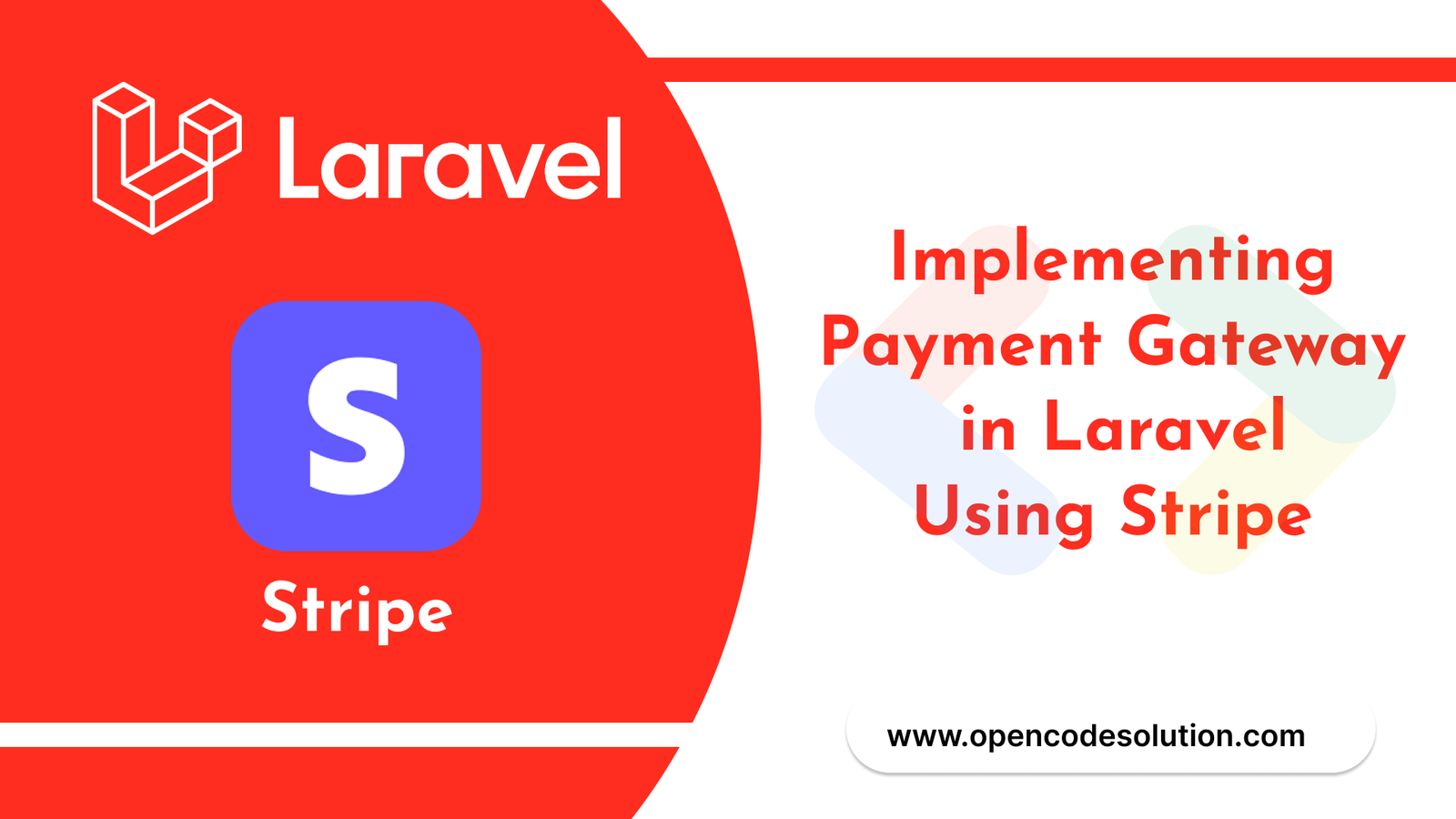
Implementing Payment Gateway in Lar...
March 26,2023
Laravel 8 Model Observers Example T...
March 10,2023
How to use Forelse loop in Laravel...
August 08,2022
What Is Wordpress #1
August 04,2022
Bootstrap Alerts
August 03,2022
Essential JS for PHP
August 03,2022
PHP Sparkline
August 03,2022
Groups in React Textbox
August 03,2022
JavaScript exercise-examples for Be...
August 03,2022
Create Social Login In Laravel With...
August 01,2022
Using Laravel Model Factories
July 30,2022
How to Include Bootstrap 5 in our w...
July 28,2022
What Is Data Structures ?
July 28,2022
How to Validate Your Laravel App's...
July 27,2022
TOP 10 PROGRAMMING LANGUAGES USED B...
July 27,2022
Create Select Options from Enums, L...
July 27,2022
Fast Paginate for Laravel 9
July 27,2022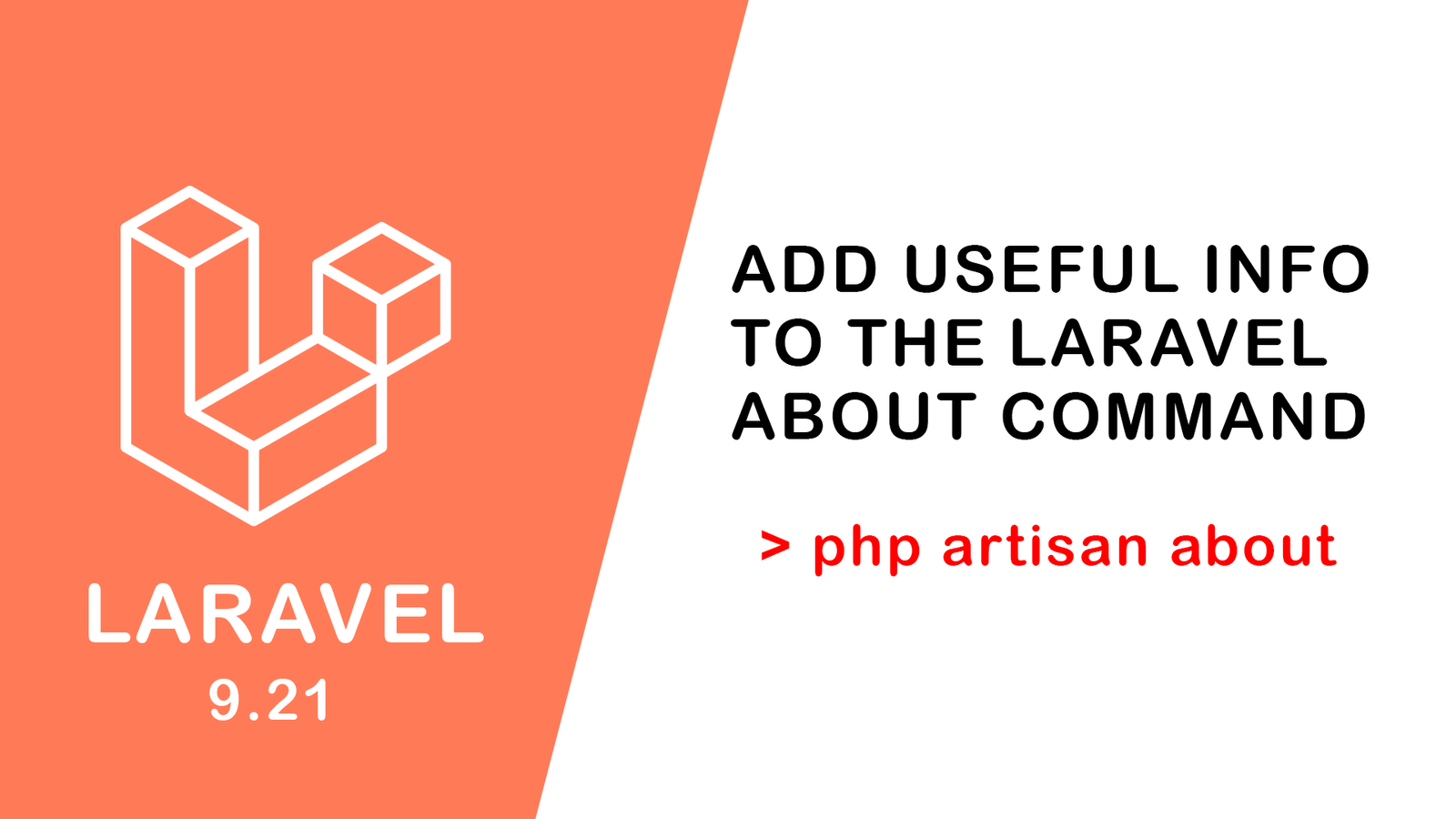
Add Useful Info to the Laravel Abou...
July 27,2022
Learn Most Common Git Commands
July 26,2022
React Hooks: Array Destructuring Fu...
July 25,2022
Laravel 8 CRUD operation
July 23,2022
How to Generate QR Code in Laravel...
July 21,2022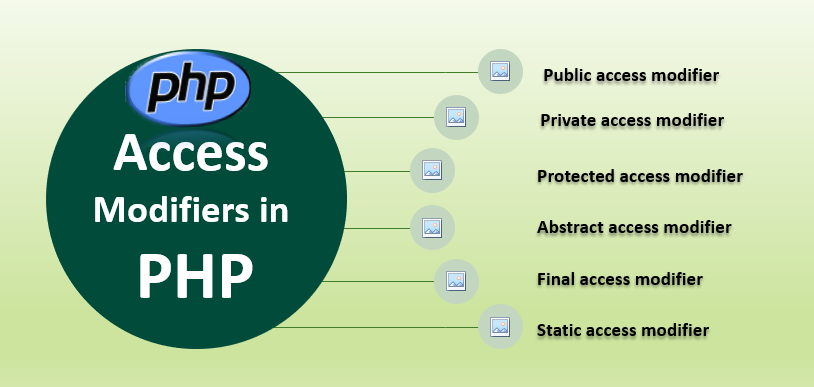
Access specifier in php
July 20,2022

